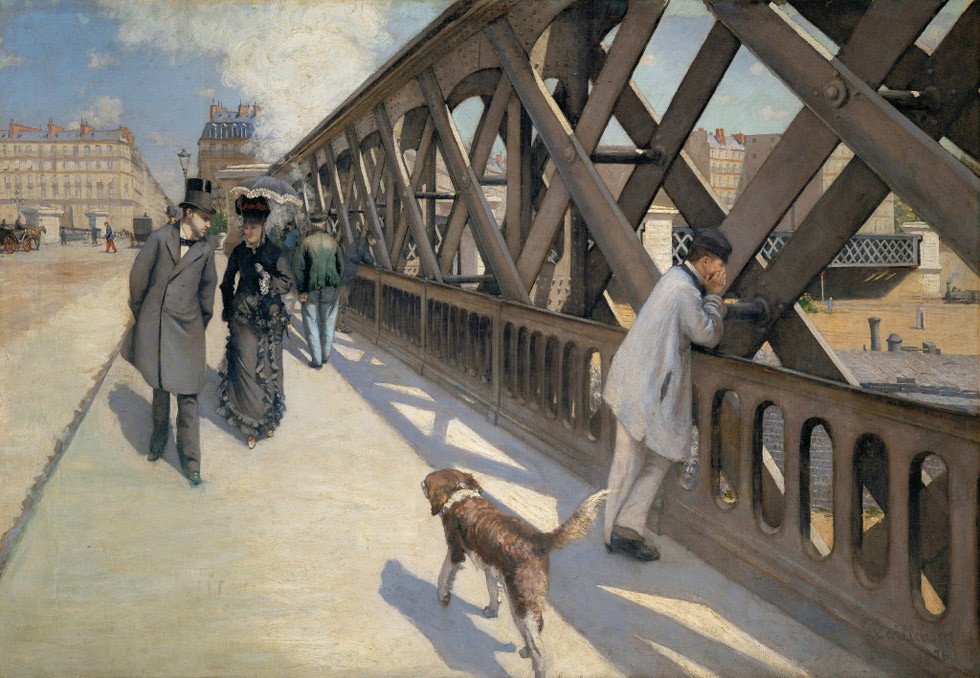When is an engineering feat of the nineteenth century like an impressionist painting? When it’s paired with one by Sigfried Giedion in his famous book Space, Time, and Architecture: The Growth of a New Tradition, published first in 1941 and in many subsequent printings and editions. In that Bible of modernist architecture, Giedion paired a view of the metal structure of the Galerie des Machines at the 1889 Exposition Universelle with a picture by Degas of a ballet dancer en pointe. Giedion implicitly compared the Galerie’s three-hinged iron trusses that tapered to a “footing” in the form of a hinged joint that distributed the weight of the structure at the ground with the way that the dancer’s body was supported, in defiance of gravity, on one toe shoe. Apropos of this pairing, Giedion wrote: “The moment the nineteenth century feels itself unobserved and is no longer conscious of any need for making a show—then it is truly bold!” What he meant was that the genius of the nineteenth century lay not in its grand monuments, like the Opéra that makes numerous appearances in Caillebotte’s pictures of Paris, but in its more utilitarian engineering structures.
This modernist argument had been made earlier, by some nineteenth-century architectural critics, and would be reprised repeatedly by Giedion’s followers and historicism’s detractors. But it’s Caillebotte who made the argument most brilliantly and visually, especially in his painting of the The Pont de l’Europe (1876).
Caillebotte loved a truss. In numerous works they stand for the remaking of Paris through engineering and infrastructure. In The Pont de l’Europe the truss speeds through the picture space from right to left and aligns with the strong diagonal of the Haussmann apartment blocks in the background. Caillebotte emphasized the heroic scale of the bridge; its importance is echoed by the metal trestle seen behind it, to the right. The truss dwarfs the staid masonry architecture. It even threatens to overwhelm the figures. The industrial bridge contrasts sharply with the ruffled skirt of the woman of the couple striding towards the viewer. The relationship between the couple and the truss is jarring, but the working-class man to the right, his face buried in his hands, leans into it, and naturalizes it. As Giedion might have said, the bridge is unobserved, taken for granted. Caillebotte’s brilliant maneuver was to show that this marvel of engineering is there and not there: it looms but is overlooked. And that’s how he’s truly bold.
Kevin D. Murphy
Andrew W. Mellon Chair in the Humanities, Professor and Chair, the Department of the History of Art, Vanderbilt University

